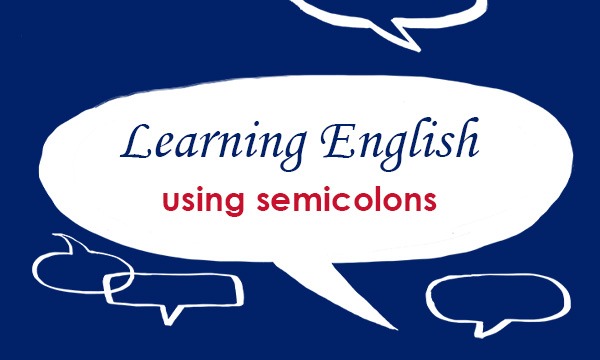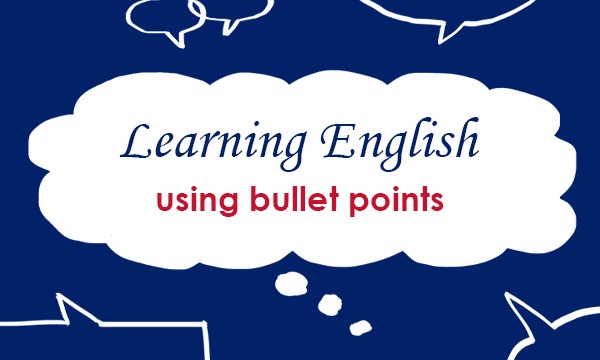Our colleagues over on the Collins ELT blog have written an informative article on where to start when softening your English accent.
So what does softening your accent mean?
Even if you have spoken English for a number of years you may still have your own accent, so here are their 4 tips to help reduce your accent and learn to pronounce standard non-regional English. These tips work whether you have a British regional accent or are a non-native speaker of English.
BE SYSTEMATIC
Choose one sound and focus on that sound for a whole week. Even one you know well. Start by ensuring that you are making that sound correctly in a mirror and then make that sound all you focus on in daily life for a week. When you order a coffee or a meal say that sound perfectly.
BE DEDICATED
Changing your accent requires a systematic and dedicated approach. Start by setting realistic goals. Your accent will not change in one day, or even one week. Think of accent softening the same as you would training in the gym. Results are earned.
BE CONSISTENT
Practise daily. Just a few minutes of focussed work every day will have an impact.
BE KIND TO YOURSELF
If accent modification were easy, no-one would ever need to work on it! You may feel your progress is fast one day and slow the next, but know that this is normal and don’t allow it to halt your accent journey!
Before you know it, when people listen to you speak, they won’t hear your accent, they’ll just be concentrating on what you have to say!
So try it, and see how you get on!



